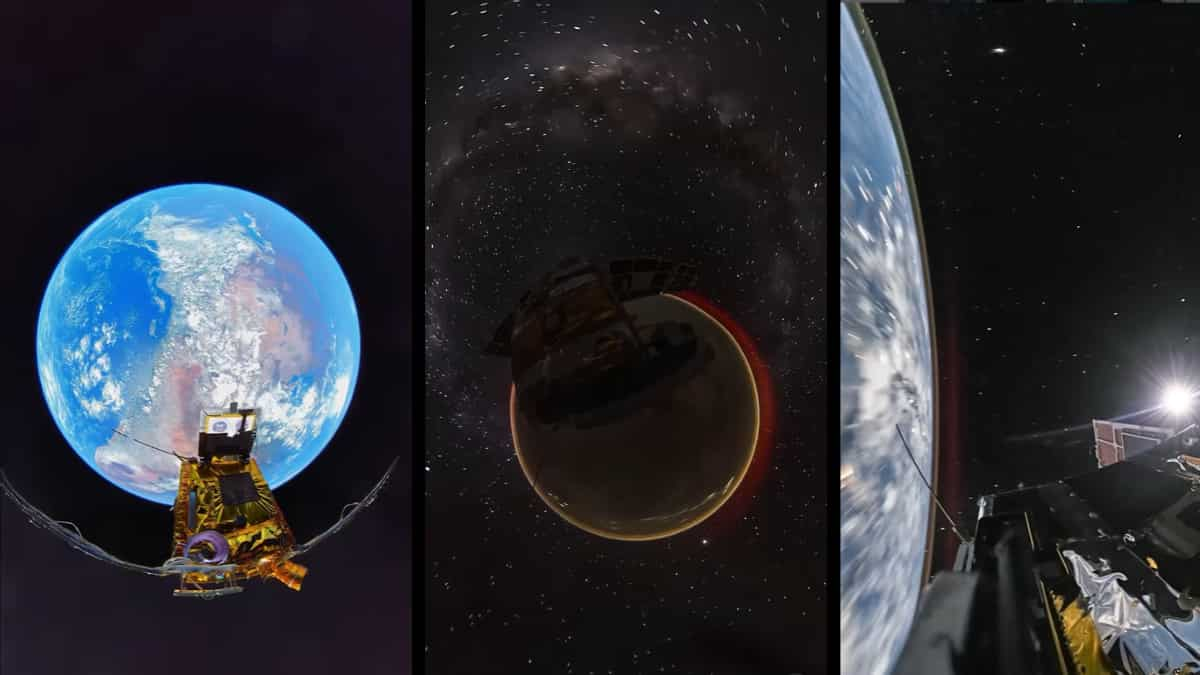PHOTOS | Earth looks unreal in images captured by first-ever 360-degree camera in space
Story highlights
The private space mission involved sending two Insta360 X2 cameras to capture incredible 360 views of the stars, the Milky Way, and our home planet and the results speak for themselves.
Earlier this year, a Chinese company named Insta360 launched what it claims was the first ever 360-degree action camera into space, specifically into the low-Earth orbit (LEO) and captured some breathtaking visuals of Earth.
The private space mission involved sending two Insta360 X2 cameras to capture incredible 360 views of the stars, the Milky Way, and our home planet and the results speak for themselves.
trending now
About the mission
The cameras were attached to a solar-powered satellite and launched 500 kilometres into outer space and, as per the Chinese company, were orbiting the planet, as of October.
It also noted the obstacles that the scientists and engineers identified and overcame as this was the first fully exposed camera in space and required a lot of preparation to make sure it worked in the harsh conditions.

(Photo credit: Insta360)
The X2 cameras were made to withstand extreme temperatures as the satellite circles the globe every 90 minutes from the tropics and poles witnessing temperatures ranging between -70 degrees Celsius and 50 degrees Celsius.
Insta360 also made their cameras to be “radiation resistant” since unlike here on Earth they would be exposed to high-energy particles which can quickly burn out electronic components.
Lastly, the cameras were made shock and vibration-resistant considering that even in the best conditions rocket launches are anything but a smooth ride, not to mention that once it is launched no one will be able to adjust it.
It was also made shock and vibration-resistant since it was important that the satellite structure did not obstruct the lenses from successfully shooting 360-degree footage with proper stitching, said the China-based company.
The project began in 2021, said the company, and it took 12 months to modify the action cameras out of which half of this time was spent on research and development. The satellite was initially scheduled to launch last year but was postponed due to the COVID-19 pandemic.
















